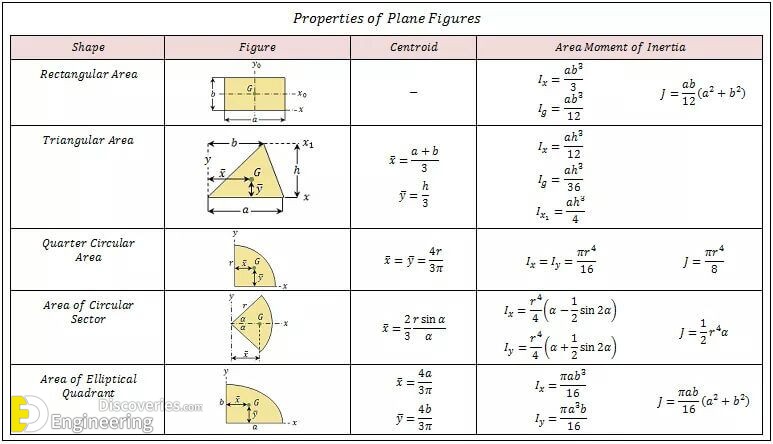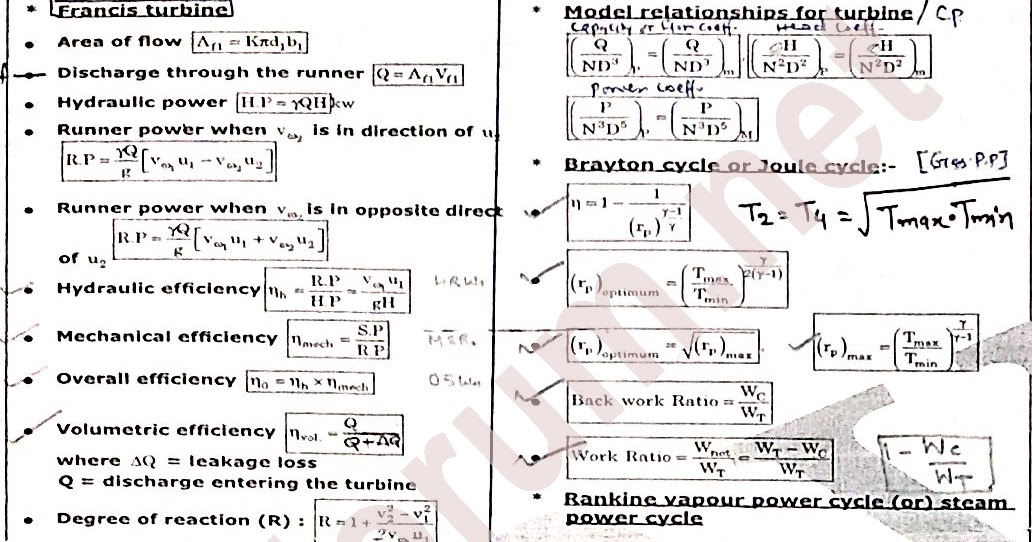

Cover x 2), if you need bend deduction then you should deduct 4d (2d + 2d) for two 90 Deg bends from main bar cutting length. Cover x 2), Note: Hook Length in Stirrups should be 10d or 75mm, where d is dia of bar.Ĭutting Length of Main Bar with Bend Formula: Cutting Length of Main Bar with Bend Formula Weight of One Steel Bar in Kg/Bar Formula: Weight of One Steel Bar in Kg/Bar | BBS FormulaĬutting Length of Main Bar with Hook Formula: Cutting Length of Main Bar with Hook Formula Weight of Steel Bar Formula Per Feet (Kg/ft): Weight of Steel Bar Formula Per Feet (Kg/ft) Weight of One Steel Bar in Kg/Bar Formula:Ĭutting Length of Main Bar with Bend Formula | Bar Bending Schedule Basic Formulas Weight of One Steel Bar in Kg/Bar Formula: Weight of Steel Bar Formula Per Meter (Kg/m): Weight of Steel Bar Formula in Kg Per Meter (Kg/m) | bbs formula Diameter of Bar (mm) Unit weight in kg/m 8 0.395 10 0.617 12 0.889 16 1.580 20 2.469 25 3.858 32 6.321 40 9.877

Standard Length of Bar in Feet: Standard Length of Rebar in Feet | BBS Formula Standard Length of Bar in Meter: Standard Length of Bar in Meters | BBS Formulaĭiameter of Reinforcement Bars in Inches/No’s: Diameter of Reinforcement Bars in inches | BBS formula Use the bar bending schedule as a reference during the construction process to guide the workers in cutting, bending, and placing the rebars.īasics of Bar Bending Schedule Formulas | BBS Calculation Formulas:ĭiameter of Reinforcement Bars in MM: Diameter of Reinforcement bars in mm.Review the bar bending schedule to ensure that it is complete and accurate.Double-check the bar bending schedule calculation to ensure accuracy and minimize errors.Solid understanding of the details and factors influencing the actual construction.The bar mark must climb steadily starting at 01 points.For instance, before moving on to the next floor, all ground floor components must be planned, and all footing must be completed before moving on to the starter columns. Arrange the structural components by floor.Inspect each structural element’s tension and compression bars’ lapping lengths.We should follow the following steps during the preparation of bar bending schedule: His research interests are continuum mechanics, micro and configurational mechanics as well as numerical methods.Steps in preparing a bar bending schedule (BBS) using formulas: Since 2009 he is a Professor for Applied Mechanics at the University of Kaiserslautern. He was a Postdoc at the Université Pierre et Marie Curie in Paris, France and a Juniorprofessor at the University of Darmstadt, where he also did his habilitation. Ralf Müller received his Diploma in Mechanics and his Doctor of Engineering degree at the University of Technology. His fields of research are computer-oriented continuum mechanics with specific emphasis on coupled problems and porous media. He was Professor of Continuum Mechanics at the University of Darmstadt and went to the University of Stuttgart in 1995. Wolfgang Ehlers studied Civil Engineering at the University of Hannover and received his doctoral and habilitation degrees at the University of Duisburg-Essen. Since 2008 he is director of the Institute of Continuum Mechanics in the Faculty of Mechanical Engineering at the Leibniz Universität Hannover. He held the chair for Mechanics in Civil Engineering from 1990 to 2008. In 1998 he changed to the University of Hannover.
#Civil engineering formulas pdf download full#
His fields of research are theoretical and computer-oriented continuum mechanics, modeling of functional materials as well as the further development of the finite element method.Peter Wriggers was appointed as Full Professor at the Institute of Mechanics at TH Darmstadt in 1990. He was Professor of Mechanics at the University of Darmstadt and went to the University of Duisburg-Essen in 2001. Jörg Schröder studied Civil Engineering, received his doctoral degree at the University of Hannover and habilitated at the University of Stuttgart.

His research interests are mainly focused on modern solid mechanics on the macro and micro scale, including advanced materials, He was Research Associate at the University of Stuttgart and since 1976 he is Professor of Mechanics at the University of Darmstadt. Dietmar Gross received his Engineering Diploma in Applied Mechanics and his Doctor of Engineering degree at the University of Rostock.


 0 kommentar(er)
0 kommentar(er)
